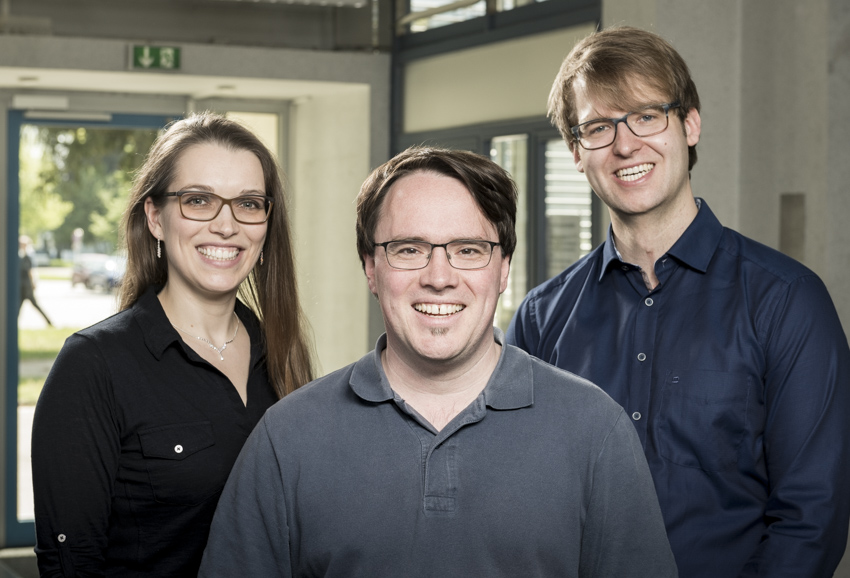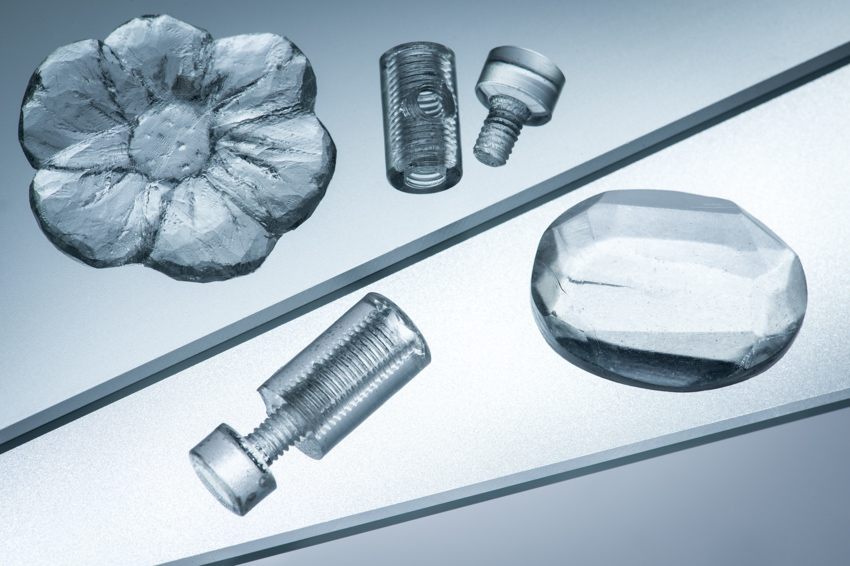The next winner of the 2019 formnext start-up challenge is focused on 3D printing glass. The method and silica nanocomposite material developed have high optical transparency and the same mechanical strength and hardness of commercial fused silica glass.
I caught up with Dr. Frederik Kotz, the co-founder and Chief Science Officer at Glassomer to learn more about the company’s value proposition and how Glassomer is 3D printing transparent glass on desktop 3D printers.
3D Printing Industry: When was your company founded and where are operations based?
Dr. Frederik Kotz: Glassomer GmbH was founded in April 2018 as a spin-off from the Karlsruhe Institute of Technology. By the end of 2018, we had moved Glassomer to Freiburg im Breisgau.

3D Printing Industry: What does your company do?
Dr. Frederik Kotz: We have developed the very first process to 3D print transparent glass. We have developed novel materials called Glassomers, which can be printed using benchtop stereolithography printers. In a final heat treatment, the parts are converted into a highly transparent fused silica glass. Besides 3D printing, we have developed material formulations for UV-casting and high-throughput replication.
For our partners, we fabricate a wide range of complex glass components for e.g. chemistry or next-generation optics and photonics. We do feasibility studies and sell the material for R&D purposes.

3D Printing Industry: How does your company fit into the additive manufacturing ecosystem?
Dr. Frederik Kotz: The 3D printing industry has seen a wide range of innovations in processing materials like polymers, ceramics or metals. However, until recently transparent glass has been missing. With our patented Glassomer technology we are closing this gap. We are offering material solutions, which can be used directly on standard off-the-shelf STL printers. There is no need for our customers to purchase a special 3D printer.
3D Printing Industry: What are you hoping to gain from exhibiting at Formnext 2019?
Dr. Frederik Kotz: For us, Formnext is a huge opportunity to get in touch with OEMs in the field of 3D printing and bringing our materials onto their system.
3D Printing Industry: How would you describe the roadmap for your enterprise in the coming years?
Dr. Frederik Kotz: We are currently looking for partners in industry, which share our vision of fabricating glass. In 2020 we will ramp up our production capacity and move into a new office and lab space.
3D Printing Industry: Is there anything else you would like our readers to know about?
Dr. Frederik Kotz: We are looking forward to meeting many interested people in Frankfurt. So come around our booth in hall 11.1-D29.
More information about Glassomer is available online.
The 3D Printing Industry team will be back in Frankfurt for formnext next week. Get in touch if you’d like to meet. If you can’t attend the show, then follow our social media accounts on Twitter, Facebook, and LinkedIn.
Subscribe to the 3D Printing Industry newsletter for the latest news in additive manufacturing.
Looking for a career in additive manufacturing? Visit 3D Printing Jobs for a selection of roles in the industry.
Featured image shows


